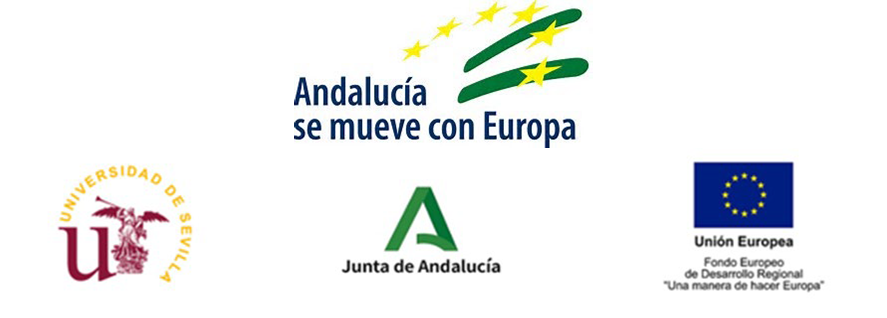Image Matching Using Parallel Computation of Homological Spanning Forest (CIUCAP-HSF)
The topological properties of an object are intrinsically independent of geometric location, shape, size, orientation, contrast and viewing angles. Moreover, the topology of images of the same scene, captured from different perspectives or with changes in brightness and contrast, is also strongly invariant. Purely topological representations of the image, however, are rare in image processing and object recognition. The use of such representations has not been sufficiently exploited in those fields where topological features are of fundamental importance. Consequently, in this project we propose to use novel algorithmic techniques of computational topology to efficiently and effectively improve the registration and matching of two-dimensional digital images.
Specifically, members of this project have achieved in the last years important advances in the definition and efficient computation of HSF ("Homological Spanning Forest") type topological connectivity trees based on an ACC ("Abstract Cell Complex") model at the sub-pixel level. These trees are initially built from exclusively connectivity-by-domain, but here we propose to study how to achieve an efficient grouping of cells into super-cells, (which could be considered as an extension of the classical "super-pixel" concept, but using a topologically robust definition) and to fully specify their neighborhood relationships with each other within the image. The ACC of super-cells would have associated with it the necessary information (both local and global, i.e. both geometric and topological) to be able to use, on the one hand, any pattern recognition algorithm, and on the other hand, to explore new tools based on the novel topological scale-space analysis called interior-edge-scale (recently developed by three of the members of this project). The algorithmic solution proposed in CIUCAP-PHSF for the registration and matching of 2D digital images based on this paradigm should be: (a) consistent and robust, not only from an image domain perspective, but also from that of the image intensity space; (b) efficient, in terms of parallelism and execution time. In the latter sense, the objective is to design and implement topological algorithms similar to those already previously obtained by the project members, which bring the order of computation time closer to the logarithm of the number of pixels.
To demonstrate the good performance of such a solution, it will be applied to robotic systems, computing the connectivity trees in parallel architectures to seek a higher robustness and speed than that achieved by the proposals of the last decade. On the other hand, it will be explored how to obtain and use topological properties for certain aspects of other less conventional forms of computation (cellular automata, neural networks and neuro-inspired systems). Based on the above, one application where these new concepts are expected to be successful is image matching for stereo/multiview in autonomous robots.

Budget
88.500,00€
Scheduling
Dec 2020 - Dec 2023
Funder
This project is partially supported by the Agencia Estatal de Investigación (AEI) of the Spanish Ministry of Science and Innovation (MCINN) and cofinanced by FEDER funds (EU). Reference: CIUCAP-HSF:US-1381077.
Project Reference
US-1381077
Project status
Active
Principal Researchers
Research Subject:
Computer Science - Applied Mathematics
Research topics
Topological Models, Homology, Homotopy, Homological Expansion Forest, Organelle Complex, Topological Scale-Space Theory, Parallel Computing, Reconfigurable Computing, Stereoscopic Vision, Biomedical Data, Parallel Computational Topology..